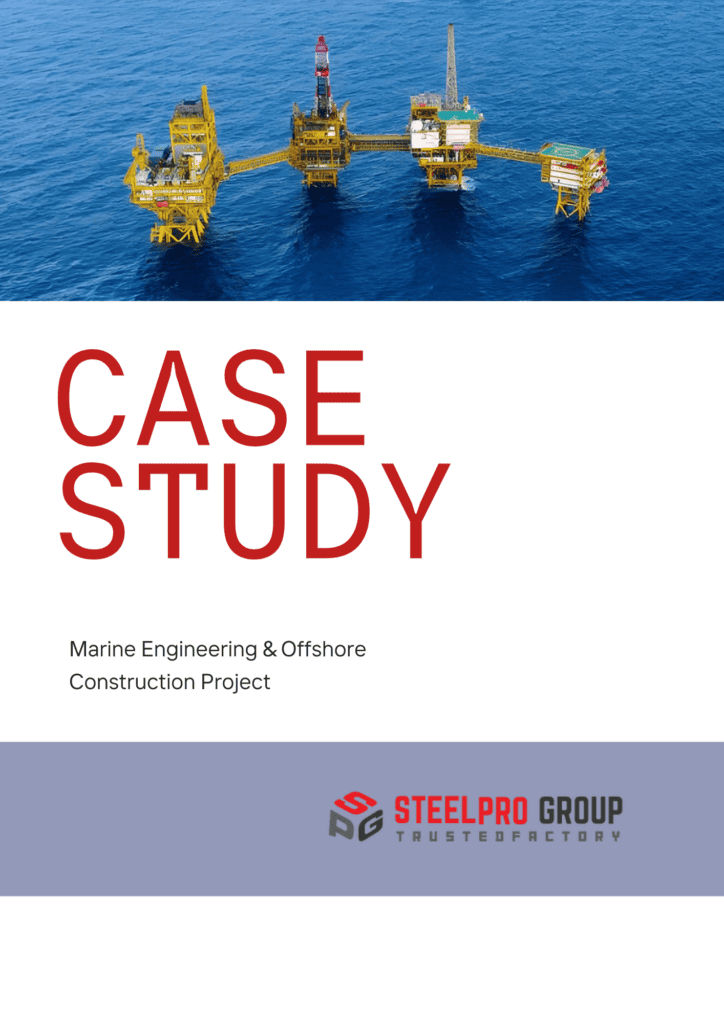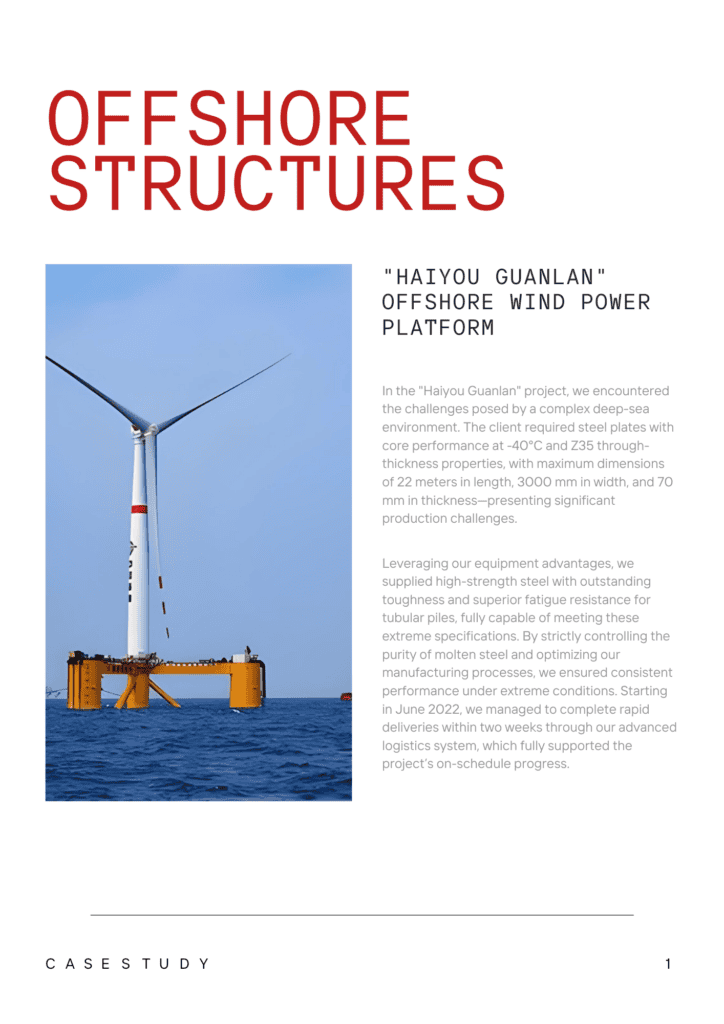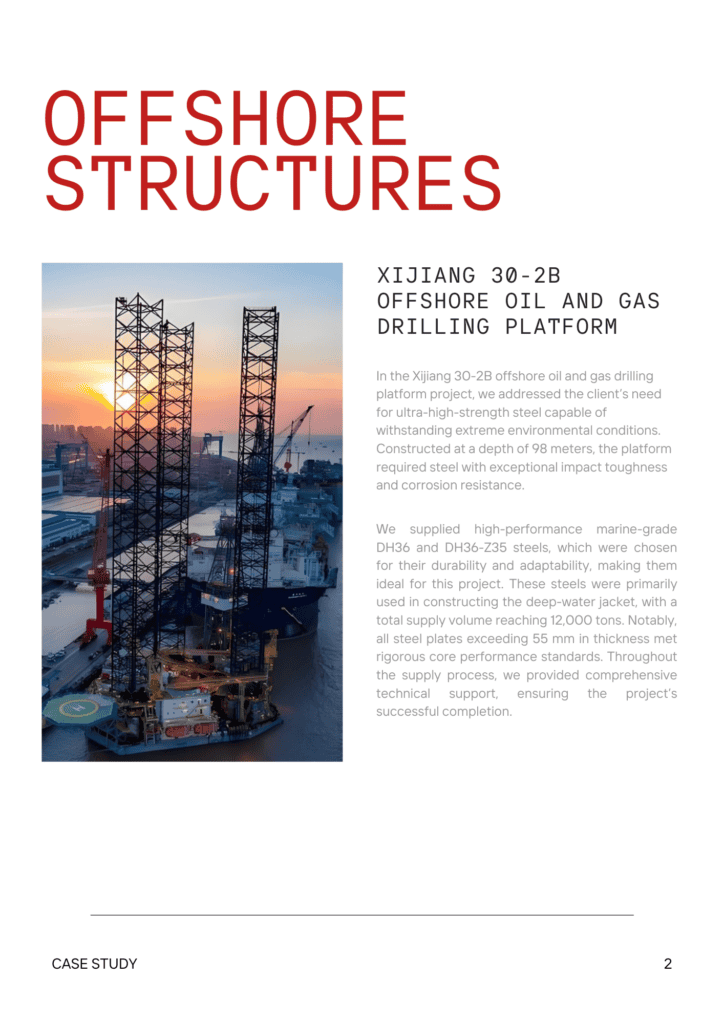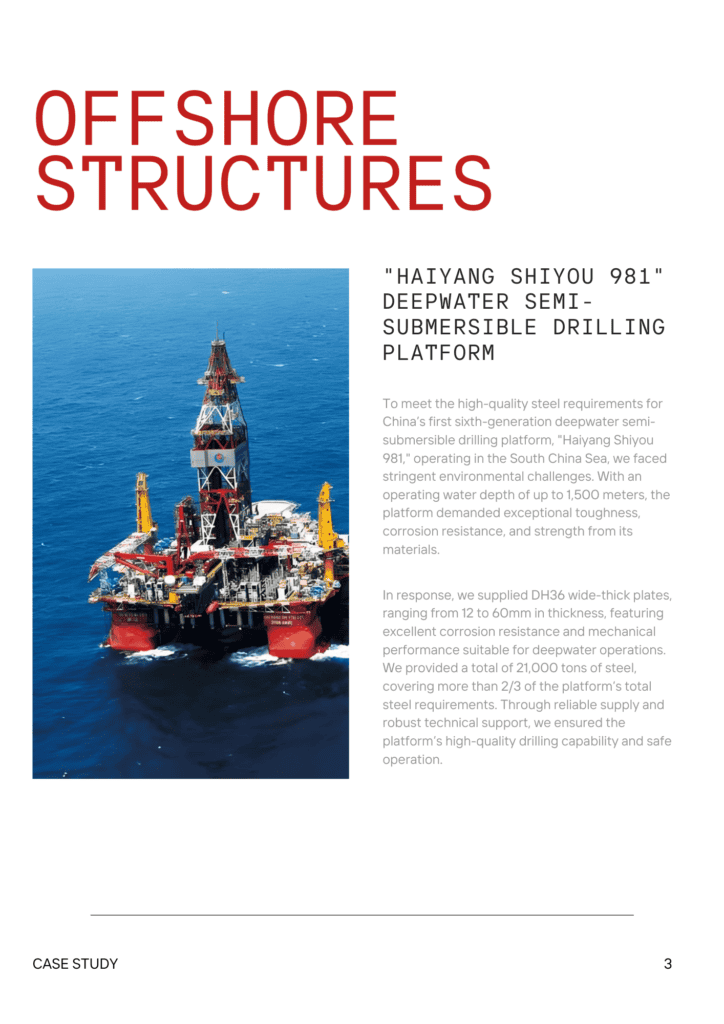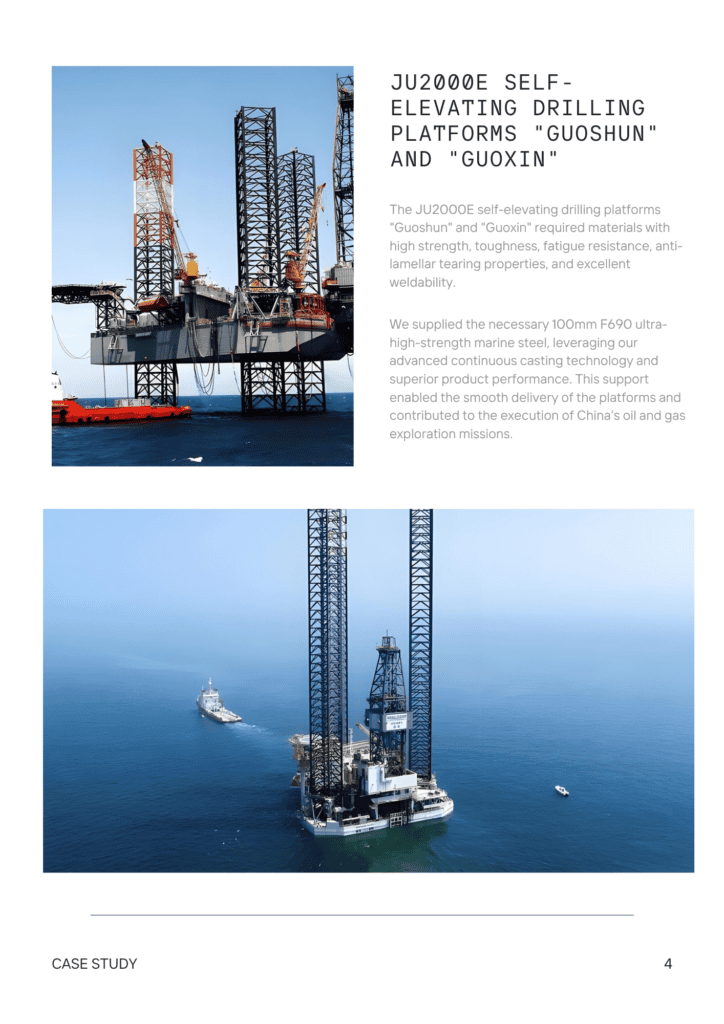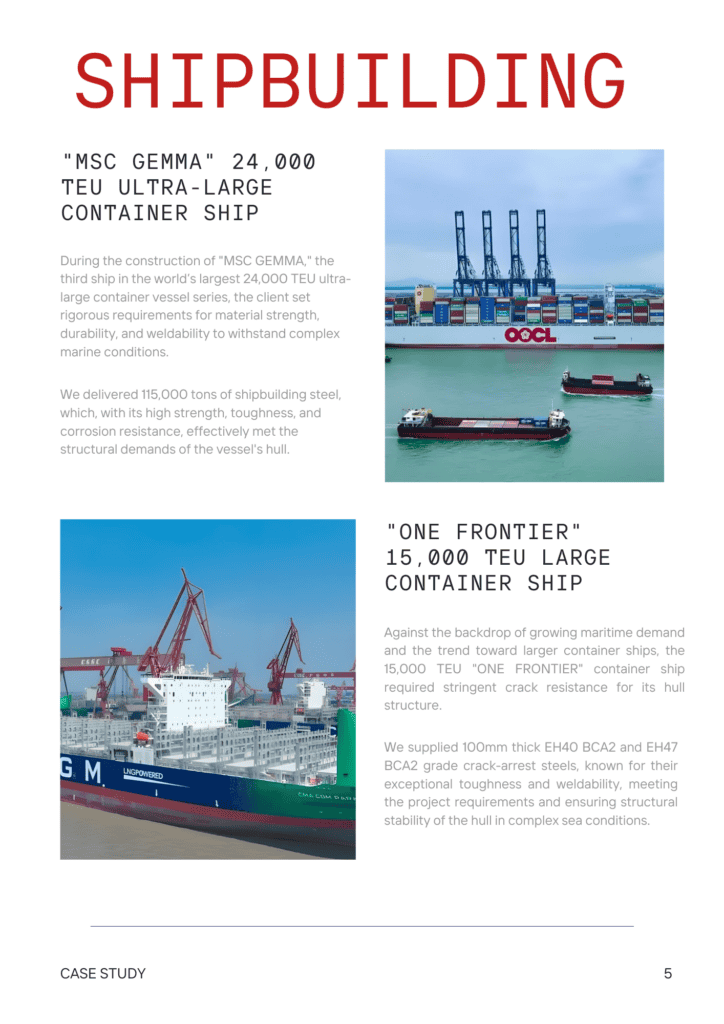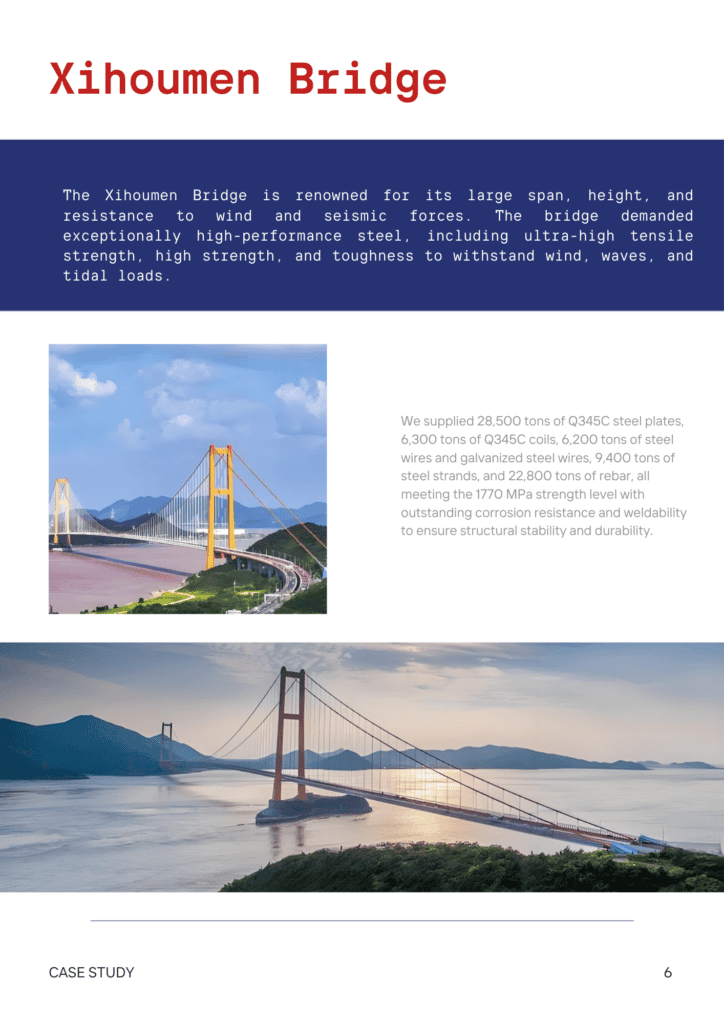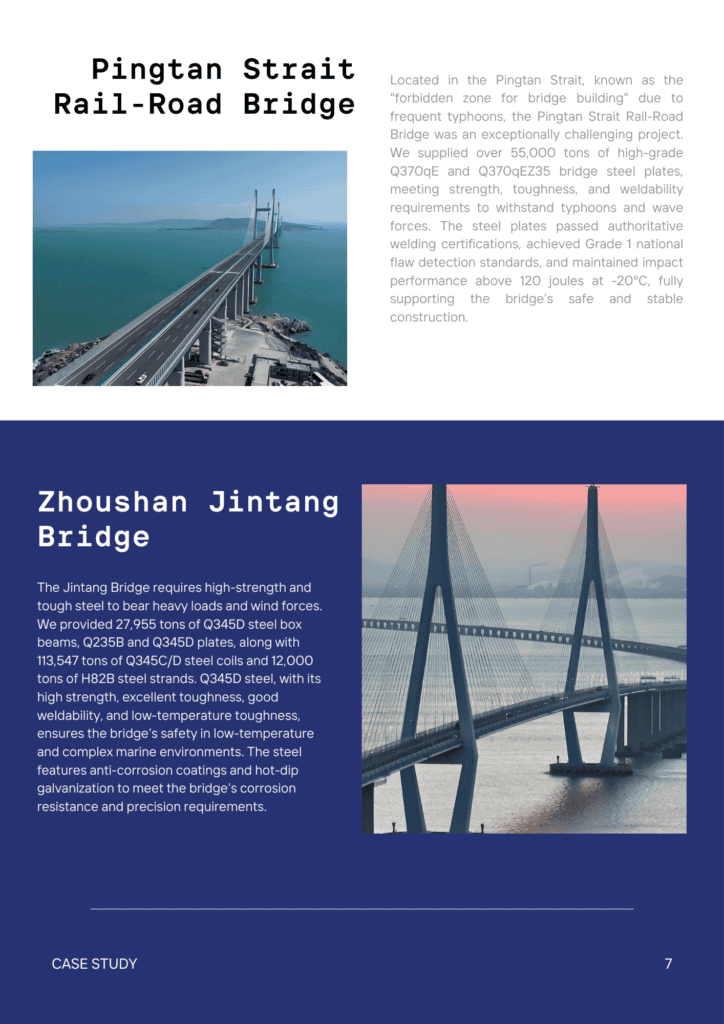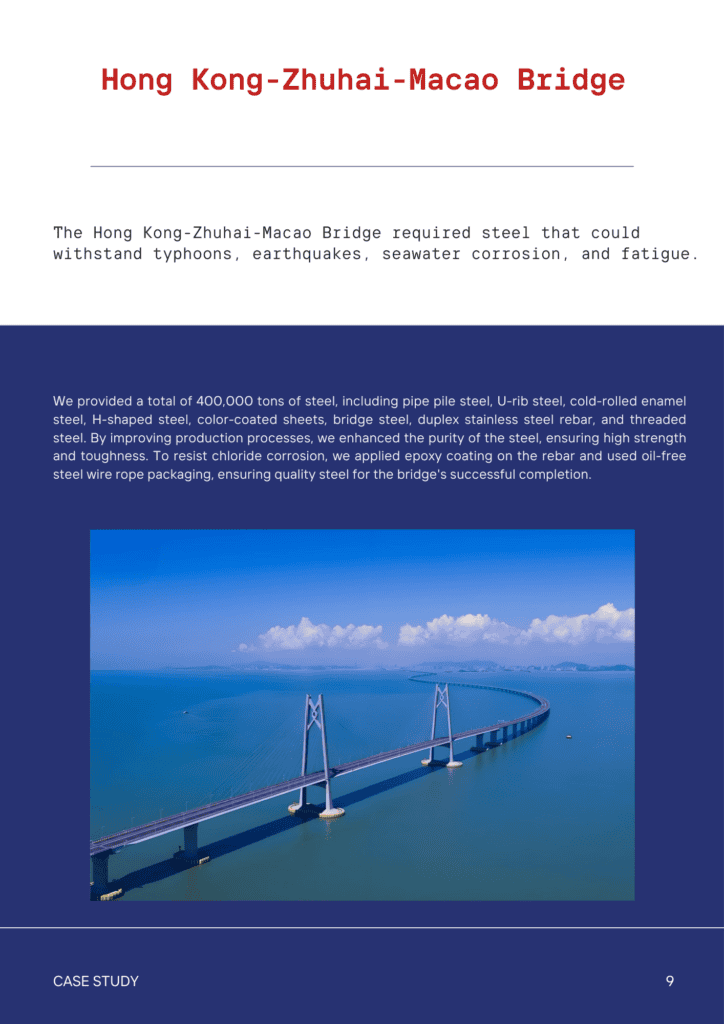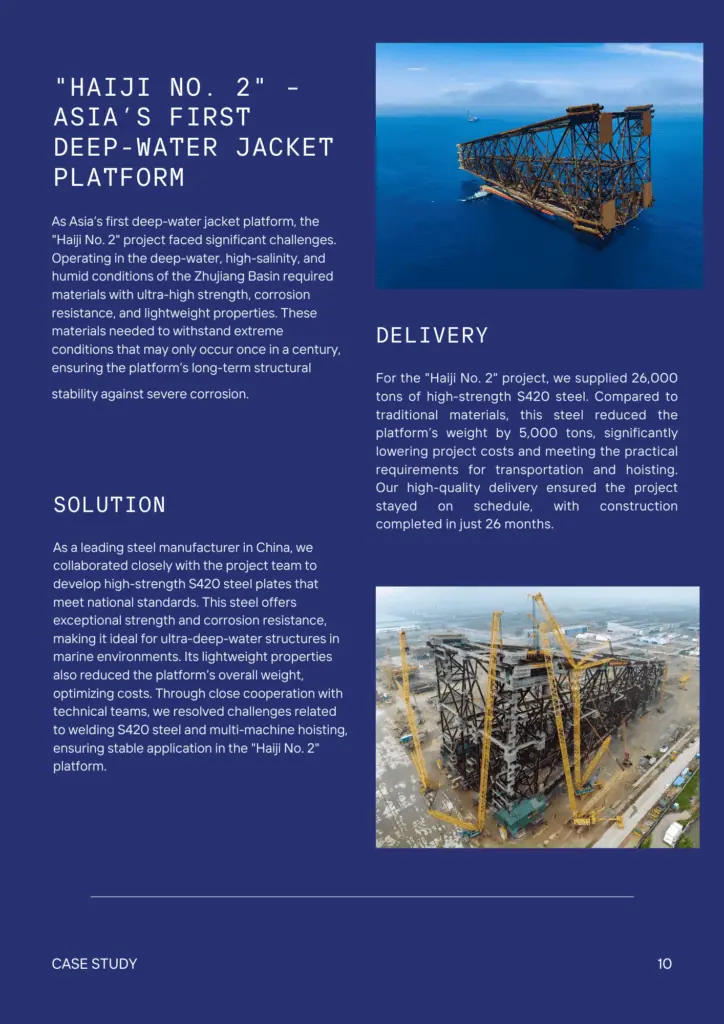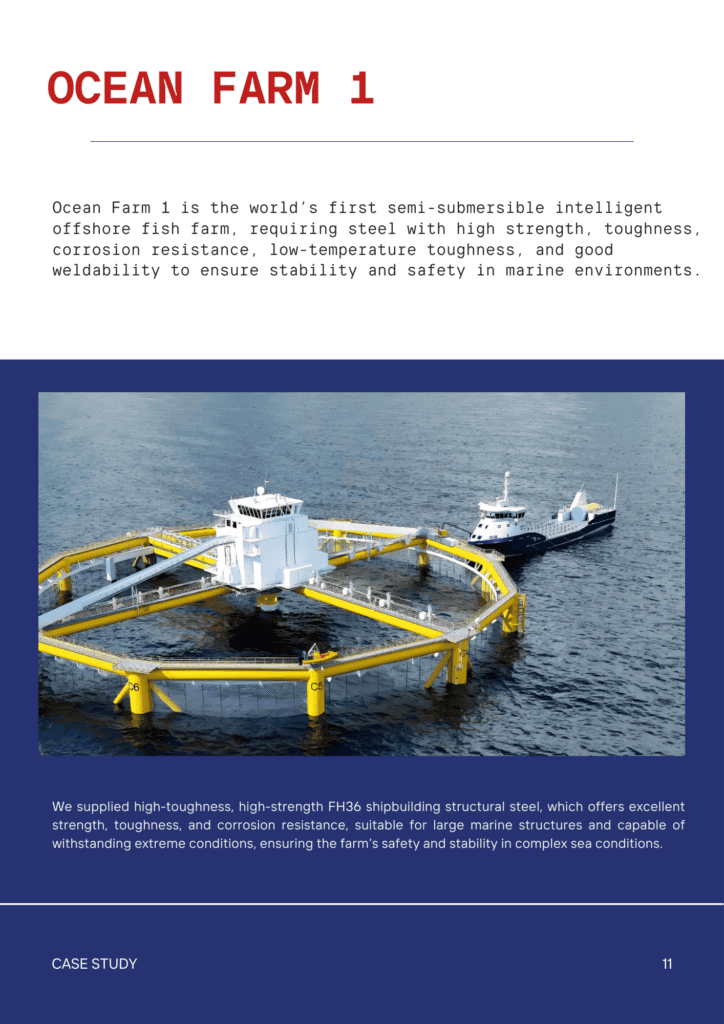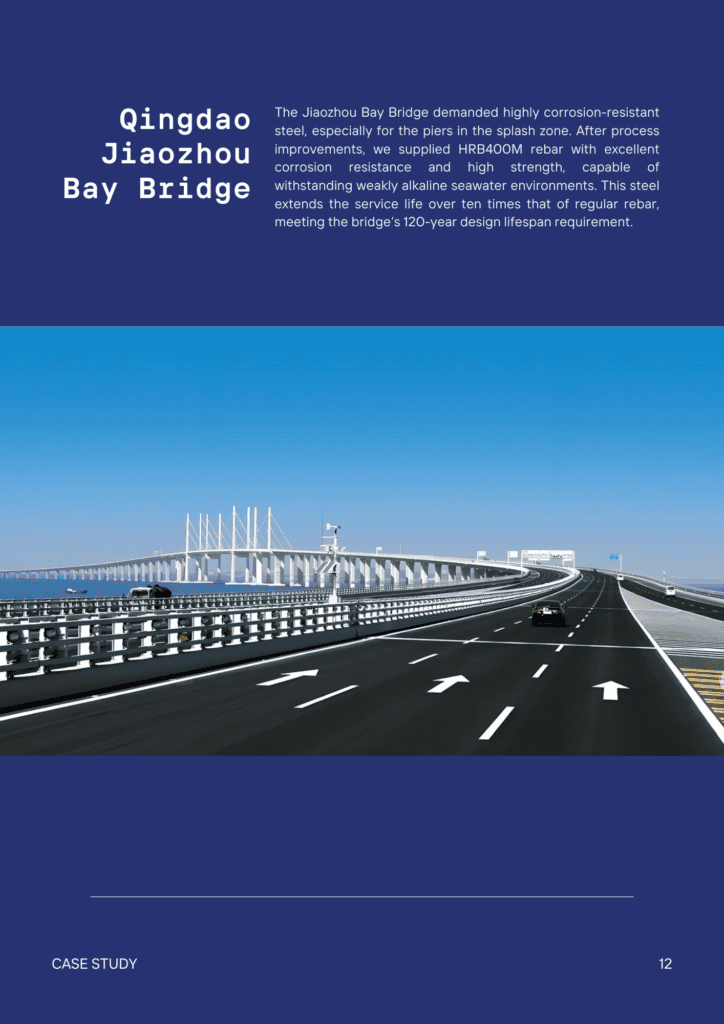Содержание
Как удалить ржавчину с оцинкованного металла?
- Джон
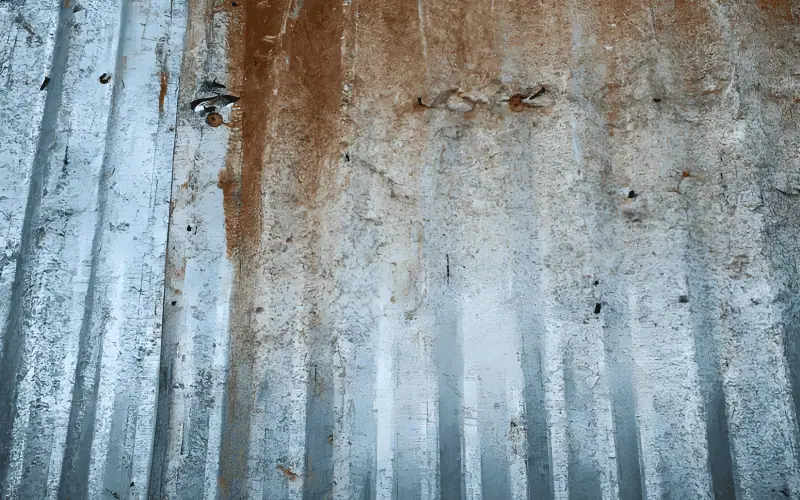
Когда цинковое покрытие на оцинкованной стали повреждено в определенной степени, лежащая под ним сталь может начать ржаветь. Крайне важно не повредить цинковый слой во время процесса очистки. Если оцинкованный слой уже был поврежден, необходимо выполнить ремонт после удаления ржавчины, чтобы восстановить защитное покрытие и предотвратить дальнейшую коррозию.
В этой статье мы рассмотрим три распространенных типа ржавчины на оцинкованной стали — белую ржавчину, красную ржавчину и точечную ржавчину — и обсудим соответствующие методы очистки и ремонта для каждого из них.
Различные виды ржавчины на оцинкованной стали
Оцинкованная сталь подвержена трем распространенным типам ржавчины: белой ржавчине, красной ржавчине и точечной ржавчине. Белая ржавчина обычно появляется как первый признак коррозии, и если ее не лечить, она в конечном итоге может привести к образованию красной ржавчины. В случаях концентрированной коррозии более вероятно возникновение точечной ржавчины.
В следующих разделах мы рассмотрим, как развиваются эти типы ржавчины и какое влияние они оказывают на целостность металла.
Белая ржавчина
Белая ржавчина — это поверхностная порошкообразная коррозия, которая выглядит как белый или сероватый налет на оцинкованных стальных поверхностях.
Он образуется при реакции цинка с влагой в условиях плохой вентиляции, что обычно происходит при неправильном хранении или первоначальной установке.
Белая ржавчина, хотя и не является серьезным заболеванием, со временем может разрушить защитный цинковый слой, если не принять своевременных мер.
Красная ржавчина
Красная ржавчина проявляется в виде красновато-коричневых хлопьев или пятен на оцинкованном металле, что указывает на более серьезную коррозию. Она развивается, когда защитное цинковое покрытие подвергается воздействию кислорода и влаги на сталь.
Этот тип ржавчины свидетельствует о значительной деградации, приводящей к ускоренному разрушению стальной конструкции.
Точечная ржавчина
Питтинговая ржавчина выглядит как небольшие локализованные ямки или темные пятна на поверхности оцинкованной стали. Она возникает в результате концентрированного воздействия коррозионных агентов, таких как соли или кислоты, которые создают крошечные разрывы в цинковом покрытии.
Язвенная ржавчина может нарушить целостность металла, проникая в более глубокие слои, что делает ее серьезной проблемой, требующей немедленного внимания.
Подготовка перед удалением ржавчины Оцинкованный металл
Прежде чем начать, освободите рабочее место, чтобы обеспечить достаточно места для работы с инструментами и материалами.
- Выберите хорошо проветриваемое помещение, особенно если вы планируете использовать химические средства для удаления ржавчины, чтобы избежать воздействия вредных паров.
- Надевайте защитные перчатки, очки и респиратор для защиты от химикатов, пыли и мусора.
- Убедитесь, что все необходимые инструменты, такие как щетки, чистящие средства и салфетки для сушки, находятся в пределах досягаемости для бесперебойного рабочего процесса.
Как удалить белую ржавчину с оцинкованной стали?
Необходимые инструменты
- Мягкие щетки или неабразивные скребки
- Белый уксус и морское желе
- Бутылка с распылителем
- Чистая одежда или тряпки
Пошаговый процесс
- Первичная очистка
Мягкой щеткой аккуратно удалите с оцинкованной стальной поверхности всю грязь, мусор или ржавчину. После этого нанесите белый уксус или еще одно мягкое, нейтральное чистящее средство на ржавые места. Оставьте на 10-15 минут, позволяя раствору разрушить белую ржавчину. Далее используйте мягкая щетка или неабразивный скруббер аккуратно потереть обработанные места.
После удаления ржавчины тщательно промойте поверхность и высушите ее, чтобы не осталось никаких следов.
- Если белая ржавчина сохраняется
Если после первоначальной очистки остались белые следы ржавчины, можно использовать Naval Jelly. Разбавьте его примерно до Концентрация 5% с водой и нанесите на пораженные участки. Оставьте на 5-10 минут, позволяя раствору разрушить оставшуюся ржавчину. Затем снова аккуратно потрите поверхность мягкой щеткой или неабразивным скребком.
Как и на первом этапе, тщательно промойте и высушите оцинкованную сталь, чтобы удалить все остатки.
- Нанесите защитное покрытие (необязательно)
После успешного удаления белой ржавчины рассмотрите возможность нанесения цинконаполненной грунтовки или защитной краски для восстановления защитного слоя металла. Этот дополнительный шаг помогает предотвратить будущее образование белой ржавчины и обеспечивает долгосрочную защиту от дальнейшей коррозии.
Как удалить красную ржавчину с оцинкованной стали?
Необходимые инструменты
- Проволочная щетка или наждачная бумага средней зернистости
- Электродрель с шлифовальной насадкой (опционально)
- Белый уксус или коммерческий очиститель ржавчины
- Морское желе
- Бутылка с распылителем
- Чистая одежда или тряпки
Пошаговый процесс
- Первичный осмотр и подготовка поверхности
Осмотрите оцинкованный металл, чтобы определить степень красной ржавчины. Используйте проволочную щетку или наждачную бумагу средней зернистости, чтобы очистить пораженные участки, уделяя особое внимание сильно ржавым пятнам. Для обширной ржавчины используйте электрическую дрель с шлифовальной насадкой, чтобы эффективно удалить коррозию.
- Нанесите чистящий раствор и потрите.
После подготовки поверхности распылите белый уксус или мягкое средство для удаления ржавчины Равномерно нанесите на ржавые участки с помощью распылителя. Оставьте раствор на 15-20 минут проникнуть в ржавчину.
В качестве альтернативы, Морское желе можно использовать. Разбавьте его до Концентрация 5% с водой и нанесите на ржавые места. Оставьте на 10 минут. После того, как раствор подействовал, используйте проволочная щетка или наждачная бумага очистить поверхность и удалить оставшуюся ржавчину.
- Промыть, высушить и осмотреть
После чистки тщательно промойте оцинкованную сталь пресной водой, чтобы удалить остатки чистящего раствора и частицы ржавчины. После очистки немедленно высушите поверхность чистыми тряпками или ветошью, чтобы удалить всю влагу, особенно из стыков и щелей, где может скапливаться вода.
Проверьте металл на наличие оставшихся следов красной ржавчины. Если ржавчина осталась, повторите процесс очистки и скраба, пока поверхность полностью не очистится от ржавчины.
- Нанесите защитный слой
После того, как металл высохнет и очистится от ржавчины, используйте грунтовку, обогащенную цинком, или защитное покрытие. Этот шаг восстанавливает защитный барьер, предотвращая образование ржавчины в будущем и повышая долговечность металла. Соблюдайте рекомендации производителя по использованию и продолжительности сушки.
Как удалить точечную ржавчину с оцинкованной стали?
Необходимые инструменты
- Тонкая проволочная щетка или маленькая ручная щетка
- Абразивные губки или стальная вата
- Пластиковый скребок
- Гель для удаления ржавчины или очиститель на основе геля
- Бутылка с распылителем
- Чистые салфетки или полотенца из микрофибры
- Герметик или защитное покрытие
Пошаговый процесс
- Первичная очистка и осмотр
Начните с протирания оцинкованной стальной поверхности, чтобы удалить грязь, жир и мусор. Тщательно осмотрите металл, выявив изъеденные участки и оценив серьезность ржавчины.
- Нанесите гель для удаления ржавчины и потрите
Применить гель для удаления ржавчины непосредственно в пораженные участки и дайте ему постоять 10-15 минут чтобы растворить ржавчину. После того, как гель подействует, аккуратно потрите изъеденные места проволочная щетка или стальная вата для удаления растворенной ржавчины. Для любых оставшихся частиц ржавчины используйте пластиковый скребок чтобы осторожно поднять их.
- Промыть, высушить и осмотреть
Тщательно промойте оцинкованную сталь пресная вода для удаления остатков средства для удаления ржавчины и частиц ржавчины. Полностью высушите поверхность, уделяя особое внимание ямкам. После высыхания снова осмотрите поверхность на предмет оставшихся следов ржавчины. При необходимости повторите процесс очистки, чтобы убедиться, что вся ржавчина удалена.
- Нанесите герметик или защитное покрытие
После того, как поверхность станет чистой и сухой, заполните углубления герметик или защитное покрытие для восстановления целостности металла и предотвращения дальнейшей коррозии. Соблюдайте инструкции производителя по времени отверждения и нанесения.
Советы по удалению ржавчины с оцинкованной стали
Предотвращайте чрезмерное трение
Чрезмерное трение может привести к износу цинкового покрытия или даже к появлению царапин, которые приведут к образованию ржавчины в будущем. Применяйте только необходимое давление и используйте тонкие щетки или стальную мочалку там, где требуется точность.
Наносите защитные покрытия своевременно
После очистки нанесите цинкосодержащую грунтовку или защитную краску, чтобы восстановить защитный барьер и запечатать металл. Отсрочка этого шага может сделать поверхность уязвимой для образования новой ржавчины, особенно во влажной или коррозионной среде.
Безопасное обращение с химикатами
При работе с химическими средствами для удаления ржавчины надевайте соответствующие защитные средства, включая перчатки, очки и респираторную маску. Тщательно следуйте инструкциям производителя, чтобы избежать несчастных случаев или неэффективного лечения.
Раннее решение проблемы ржавчины
Действуйте быстро при первом обнаружении ржавчины. Раннее вмешательство уменьшает усилия, необходимые для очистки поверхности, и предотвращает проникновение коррозии в более глубокие слои металла.
Прочный оцинкованный металл
Для превосходной защиты от коррозии Steel Pro Group предлагает оцинкованную сталь с точно нанесенными, равномерными цинковыми покрытиями для превосходной прочности. Наша высококачественная упаковка также гарантирует, что ваша сталь будет готова к работе в наилучшем качестве.
Доверьтесь Steel Pro Group за надежность, прочная оцинкованная сталь которая не ржавеет и сохраняет прочность даже в суровых условиях. Защитите свои проекты сталью, которая создана для долгой службы.



